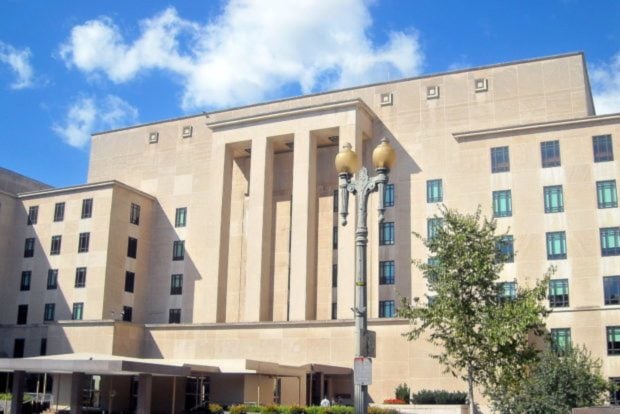
The US Department of State has set its sights on using AI agents to perform actions on behalf of staff, according to the department’s chief information officer.
Speaking at the Digital Transformation Summit in Virginia on 17 September, Kelly Fletcher said that the artificial intelligence currently used in the department was insufficient to help officials complete whole administrative tasks.
“I want [AI] to not only tell me, ‘How much leave do I have’… I want it to put in my leave slip, which is in a different system. We’re building to that,” she said.
The state department’s enterprise generative AI chatbot, known as ‘StateChat’, launched last year and is designed to help State employees navigate internal policies and, Fletcher said, “reduce administrative toil”. It was initially rolled out to 3,000 beta testers and has since been used by an estimated 45,000 to 50,000 people within the department’s workforce of 80,000.
While generative AI models like this and large language models such as ChatGPT have proven useful in answering complex questions, AI agents can complete complex tasks over several days or weeks without human intervention. It is thought that such agents have the potential to automate whole strands of a department’s operation, boosting overall productivity.
However, there are risks associated with the use of AI agents, including testing difficulties, the lack of human oversight and the potential for job displacement.
Read more: OECD urges governments to take ‘high-benefit, low-risk’ approach to AI
AI in ‘just about everything’
Fletcher said that under her leadership, the aim is for the state department’s administrative functions to sit behind one chatbot, and for AI agents to be consolidated around certain mission sets.
“I think that AI is going to be embedded in just about everything,” she said.
“The trick is going to be, ‘How do we embed it smartly, and how do we ensure that people know what to use it for?’”
Referring to StateChat, she admitted that she “wildly underestimated… the amount of training and education and conversation required to get folks who would benefit greatly from [AI] to use it”.
The state department is also expected to test a chatbot which, if rolled out, could be used to help citizens use its electronic health record patient portal.
Read more: US federal government launches action plan to ‘win AI race’
Elon Musk’s Grok made available to all federal agencies
In other US government AI news, it was announced last week that the General Services Administration (GSA) had agreed a deal with xAI to make its Grok AI models accessible to federal agencies for US$0.42 per organisation until March 2027.
Elon Musk – who headed up the Department of Government Efficiency (DOGE) at the request of president Donald Trump before stepping down in May – is the co-founder and CEO of xAI.
The agreement includes access to Grok 4 and Grok 4 Fast. These models have advanced capabilities in various AI applications, including natural language processing and reasoning tasks.
“Widespread access to advanced AI models is essential to building the efficient, accountable government that taxpayers deserve – and to fulfilling president Trump’s promise that America will win the global AI race,” said Josh Gruenbaum, federal acquisition service commissioner, who added that accelerating the adoption of Grok would help to “transform government operations”.
As part of the deal, xAI engineers will assist participating agencies with “rapidly and effectively” implementing the AI tools into their workstreams, the government said.
The deal is part of the GSA’s OneGov initiative, which aims to simplify IT procurement.
Read more: US secures large government-wide software discount with Google